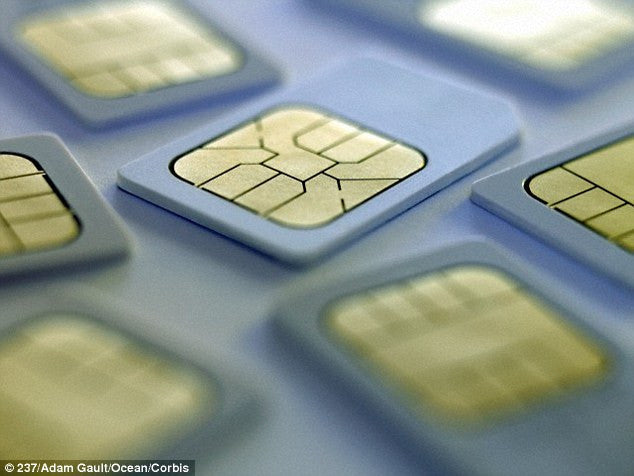In 2010, Apple tried to bulldoze an embedded SIM card into the industry before it was ready. The company was forced to retreat under intense fire from European MNOs, which threatened to refuse to sell an iPhone with a SIM card that Apple could provision remotely. This would have allowed the user to choose an operator and would have removed the MNO’s control over its most important weapon, its own SIM card.
In 2016, times have changed. Operators accept that embedded SIMs will be essential to make it workable to support huge numbers of connected devices and have signed up for the GSMA’s eSIM specifications; users are demanding greater flexibility in how they choose and swap carriers. And Apple has been introducing the embedded SIM idea more gradually, initially by including its own embedded ‘soft SIM’ in new iPads from 2014, allowing customers to select from a limited number of MNOs.
The newly announced 9.7-inch cellular iPad Pro will include an embedded SIM too, but this will differ from others because it will not be removable – a change which has sparked speculation that the next iPhones will also feature an eSIM, cutting the umbilical cord between the operator and the user.
But the smartphone remains the chief source of usage, revenue and opportunity for the operator to communicate with the user and promote other offerings – and that is Apple’s next frontier, argues Ken Hyers of Strategy Analytics. “In itself the new iPad’s eSIM isn’t such a big deal,” he wrote in a blog post. “However, it likely presages an eSIM in an upcoming iPhone, something that operators have been bracing for, for some time. Short of offering its own MVNO, from a carrier perspective an eSIM iPhone would be the most destabilizing change Apple could make to their existing iPhone business model.”
Hyers added: “With an eSIM equipped iPhone a customer need never directly interact with an operator again, instead provisioning service and switching from carrier to carrier at the customer’s whim. Adding an eSIM to the iPhone would be a direct shot across the bow of carriers. With eSIM, Apple’s grip on the customer will become even tighter.”
